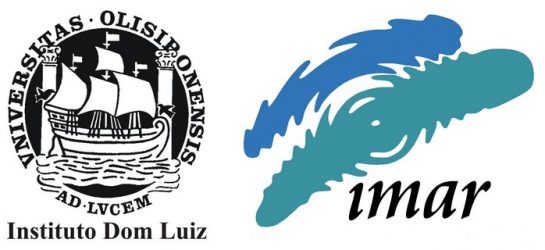Tarefa 4: Analise de dados acústicos existentes
Analysis of existing recordings
The goal of this task is to determine whether the observed seasonal and diel trends of known fin whale calls are representative of other years and geographic areas, and test feasibility of newly identified calls for monitoring, by determining the frequency of occurrence of each call type in an existing acoustic dataset covering a period of 8 years and multiple sampling locations.
Passive acoustic monitoring of fin whales is generally based on the detection of the 20-Hz call, a down-swept pulse arranged into stereotypic sequences, known to be produced more frequently in late autumn and winter (Watkins et al., 1987). Seasonal variability in the 20-Hz call is a major impediment for estimating year-round occurrence and abundance of fin whales. Expanding monitoring capabilities to the full calling repertoire of this species requires knowledge of their vocal behaviour over large areas and temporal periods.
Different call types obtained on tag and EAR/OBS recordings unequivocally attributed to fin whales will be studied in detail to describe acoustic properties (frequency, duration, intensity) and frequency of occurrence, to assess their suitability for monitoring purposes. Calls judged suitable for monitoring, will be added to the call library of an automated detection and classification system (Baumgartner and Mussoline, 2011) and used to search through an extensive dataset of acoustic recordings collected in the Azores from 2008 to 2013, off southwestern Portugal (Gorringe bank) in 2015, and in the Lucky Strike from 2007 onwards. Lucky Strike is located 300 km SW of Faial Island, along the mid-Atlantic Ridge. This will allow assessing consistency in the acoustic properties and frequency of occurrence of these calls over nearly a decade and across a wide geographic area.
This task will provide novel information on the vocal behaviour of fin whales in the form of:
1) Knowledge of temporal and spatial variability in acoustic properties of different fin whale calls;
2) Knowledge of temporal and spatial variability in frequency of occurrence of different fin whale calls;
3) Comparison of potential of different call types for monitoring fin whale occurrence and abundance
IMAR will take overall responsibility for this task and monitor progress towards the milestones. Both partners will participate in analysis of existing EAR and OBS recordings. One Research Fellowship (BI) will assist with data analysis of visual-acoustic observations. Expenses include office consumables.

